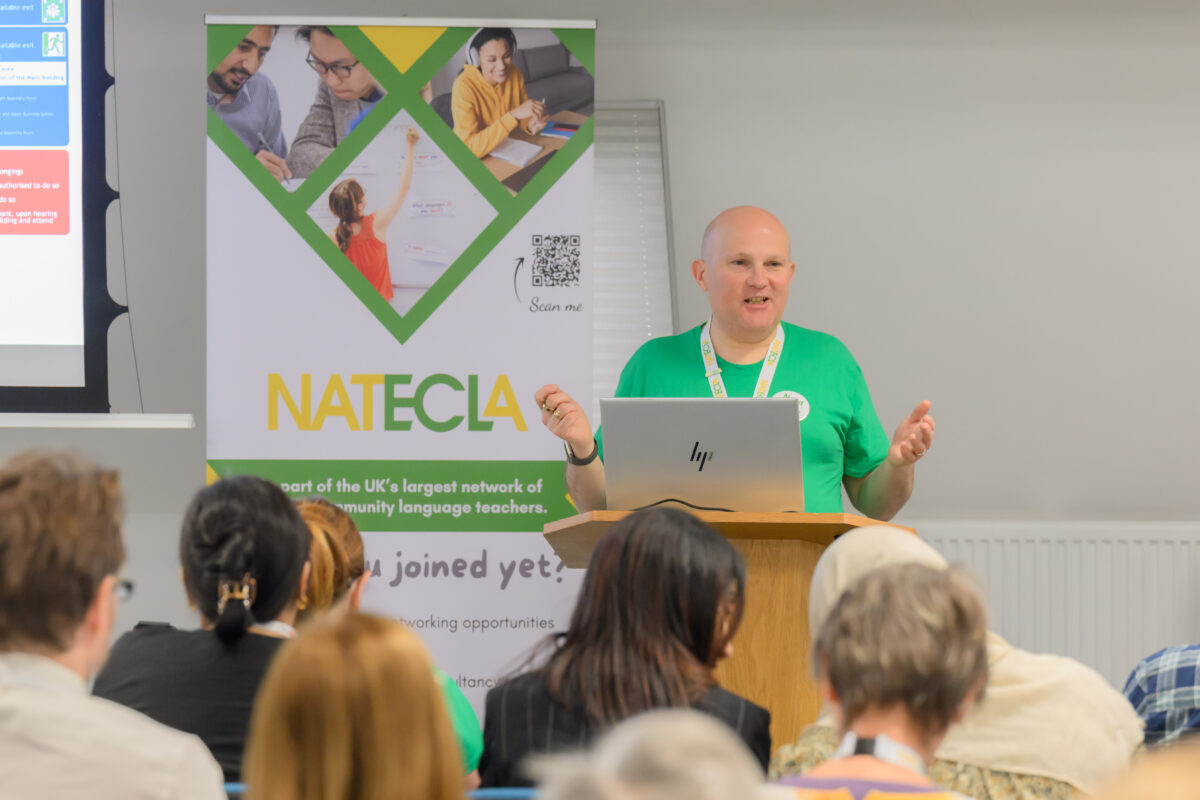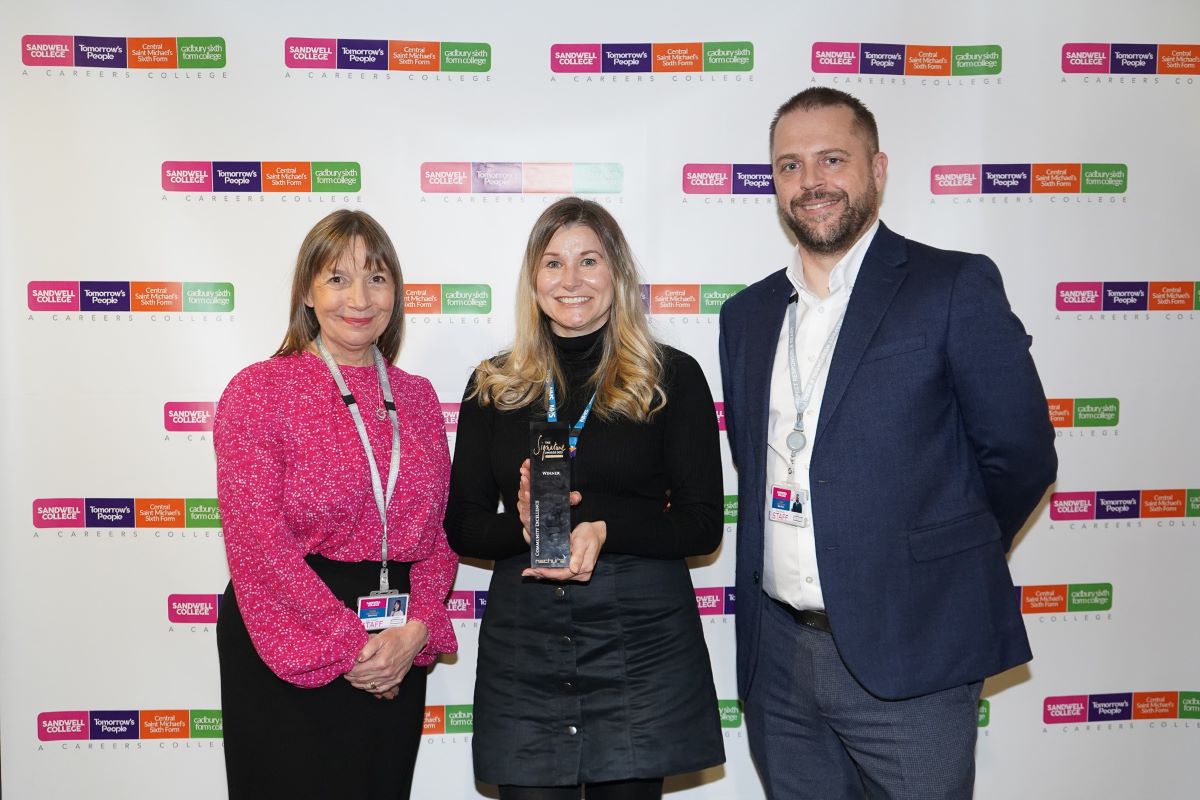6 top tips for getting students into T Level placements

As with everything, I think I need to build a little background into the blog so you can get a feel for me and my thinking.
I do not come from an education background as such but from a commercial background, and within my digital media life I spent a lot of time having to sell a service, business development projects and even clients.
So, when I started working at a large college, I was given the role to help find students’ work placements. I came to this with a fresh set of eyes and almost looked at it as a business leader and not just someone who works in a college. It may sound mean, but for this job, treating all the students as products or services which you are going to try and sell into a business.
So, my top six tips for placing students:
1st: Interview every student, this may sound like a pain, but I promise you will find a bank which wants a placement and not just because they have to. When you are doing this, ask them to look for businesses and contact them as this is always a good touch point.
2nd: Your three biggest tools will be Google, Email and LinkedIn, so let me start with the basics, Google.
Use Google, search for every business you are looking at in your sector and add the details to a spreadsheet, make sure you find an email address too, then add the info to an Excel sheet. I would recommend finding an email, phone, type of business and address.
3rd: This one is a little harder, you will need to use LinkedIn, and if you have not got an account, you must set one up. If you need any advice on that please let me know, as this will be key for your role.
Let’s assume you have an account for this blog. With your Google list, you will search for every business on your list and find all the staff who work in that business. You will then try and connect with the ones who are most relevant to your needs, for example, MD or training director.
Before you connect, make sure you have a look over their profile and like and comment on anything which you think is interesting. When you try and connect, you will include a short message saying what you do and why you would like to connect.
Next, when they accept your connection, you need to send them a thank you message.
In the next stage, within three days of your, thank you message, you will need to send a short message with a basic overview of what you do and maybe a PDF of what T-Levels are all about and the benefits of them to a business.
In the last stage, no more than seven days, you will send a message giving more details about what you do and what you are looking for. By this time, you should also have been liking and commenting on their content so you should have some trust.
One other small tip in messages, make sure you ask for the best contact email for them.
4th: When you are doing all the LinkedIn bits you should be dropping the business emails as well, so I would recommend doing an introduction email to the address you found on the website and ensure you ask for the best point of contact.
Once you have the best point of contact, you will need to send them an email introducing yourself and telling them what you are looking for and need.
Within three days of your introductory email, you will then need to send an email with more details.
5th: Do some door-knocking, as they say. You already have a list of businesses in your local areas which you have connected with on LinkedIn, as well as sent them an email. Next would be to pop in and drop something off maybe a PDF or leaflet, but before you do this, make sure you drop your contact a message and email to let them know you will be coming.
6th: If the business comes back to you and says they can’t help, or even that they can, you should always ask for any businesses they recommend. Then you can start the process again with the new leads.
The biggest thing I found is that you need a system which every student or college falls into, so when you have your workflow right you know it is just a numbers game, the more you contact the more you will get, and keep in mind what the business get from it.











Responses